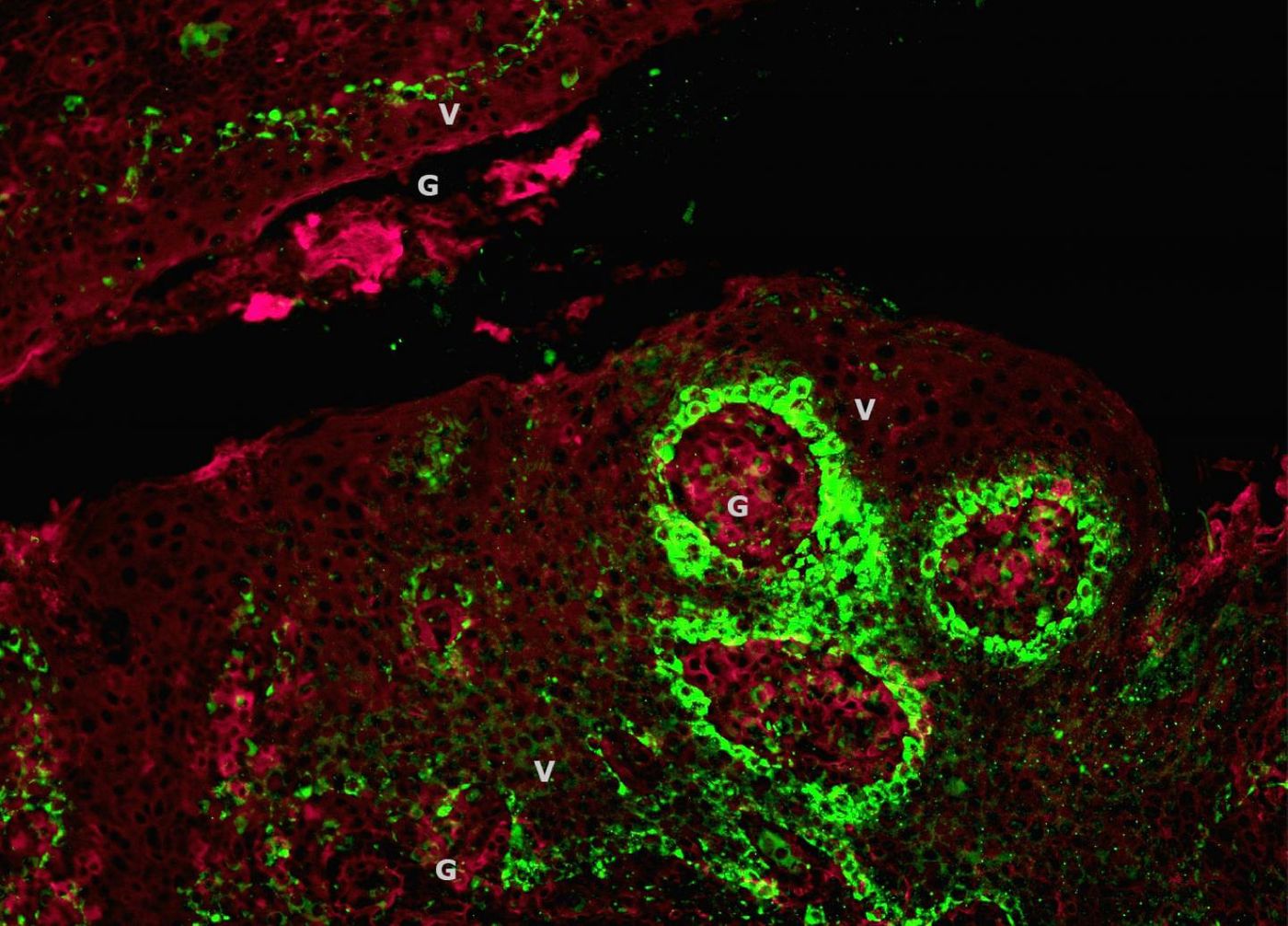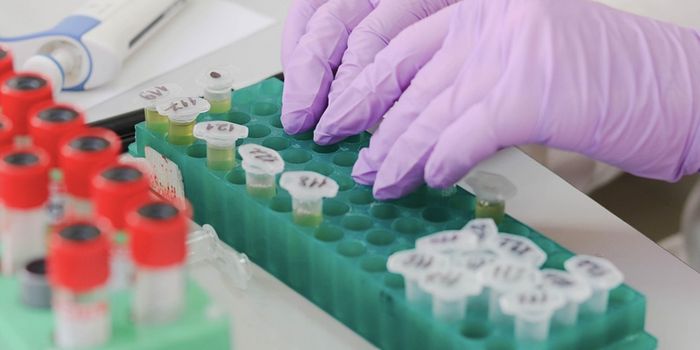Have you checked your tonsils for human papillomavirus (HPV) lately? A new study raises concerns that the virus could be hiding in the back of unaware individuals’ throats. Now scientists are studying how HPV, an extremely common virus that causes cervical cancer, oropharyngeal cancers (tonsils and tongue), and genital warts, can be stopped if people don’t know that it’s there.
HPV is the most common sexually transmitted infection in the United States; nearly 80 million Americans are estimated to be infected. There is a safe and effective vaccine available to prevent HPV infection, but for those who do get infected, only about five percent will develop cancer of the mouth or throat, thanks to the strength of the immune system. In a new University of Rochester, scientists are investigating the cause behind the five percent that do develop cancer.
In a study of tissue samples from 102 patients who had elective tonsillectomies (had their tonsils removed), five contained HPV - four with high-risk strains HPV 16 and 18, which cause cervical cancer and head and neck cancer. All cases of HPV in these samples originated from tonsil crypt biofilms.
Biofilms develop when microorganisms like bacteria attach to a surface and produce an extracellular polymeric substance (EPS). In addition to creating shelter for HPV, biofilms are often found on medical devices, water system piping, and natural aquatic systems.
The researchers from the study theorize that after an infection, HPV gets trapped in a biofilm that has formed in tonsil crypts, a term for the pockets on the surface of the tonsils. The biofilm protects HPV from the immune system, and meanwhile, the virus remains dormant until the “right time” to cause another infection or develop cancer.
"Given the lack of universal HPV immunization and the potential for the virus to evade the immune system even in individuals with detectable HPV in their blood, our findings could have far-reaching implications for identifying people at risk of developing HPV-related head and neck cancers and ultimately preventing them,” explained Matthew Miller, MD.
Going forward, Miller and his team plan on developing new screening tools to detect HPV “hiding” in biofilms on the tonsils. If HPV could be successfully detected, then topical antimicrobials strong enough to reach the virus despite the biofilm could wipe the virus out, or at least weaken it while the immune system finished the job.
The present study was published in the Journal of the American Medical Association.
Sources: Centers for Disease Control and Prevention, Emerging Infectious Diseases, University of Rochester Medical Center









